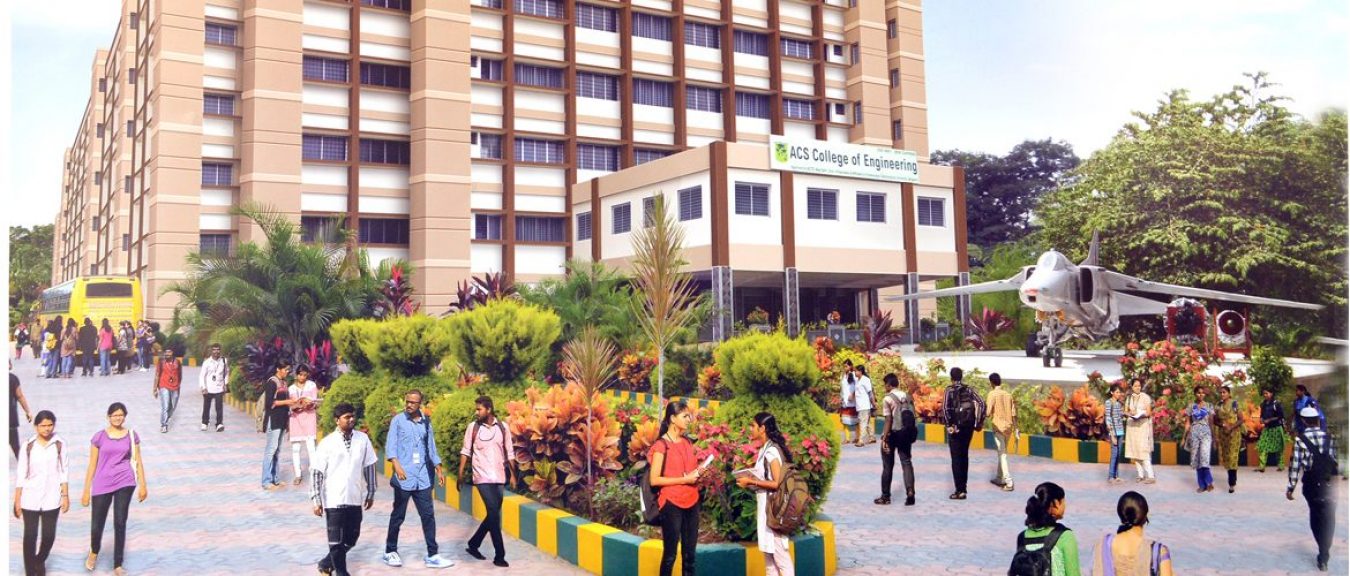With an objective of designing better surgical procedures and devices or instruments with minimal or no side effects, Biomedical engineers and surgeons are exploring the world of augmented reality and virtual reality tools as they advance consistently. Their aim to utilized the design capabilities of these tools primarily for implants, devices, medical computation, imaging and simulations.
One of the advantages of AR/VR is its ability to enable multi user and shares experiences, thus enhancing education and discussion standards thus being of a great use to students studying anatomy or bio-engineers who are upto new inventions.
So what is one of the most advanced VR/AR design tools? Without a doubt Microsoft Hololens. Only because it has the ability to integrate 3D medical images alongside the surrounding environment’s physical elements. The Hololens are installed with sophisticated sensors and optics which enable them to make the images interactive and multi-user viewable for those who are connected through headsets. Furthermore, the most important benefit it offers is the awesome visibility to engineers and physicians. This is of great help to them particularly when they are working with complex anatomy like that of brain or cardiovascular system, to better understand them. As per experts who have been using hololens, it offers true 3D images which help in understanding the anatomy to a great extent. You can do so much with it, whether it is turning the parts around or taking them out and put them back or viewing how the blood pumping in the entire system happens. While those who have worked on 2D systems before working with hololens, know how complicated and messy those images of complex organs looked in 2D and how simplified and clear the hololens viewing is.
No wonder why hololens is becoming an integral part of engineering research areas because it deals with creating complex systems that build next generation heart implants or other relevant ones as well.
Well, augmented reality undoubtedly provides high clarity when it comes to complex biological systems study which helps the bio-engineers and surgeons to view everything in true 3D in its most natural form and even interact.

